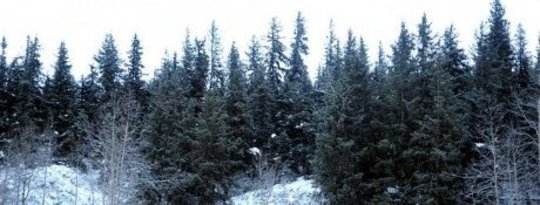
Some tree species in central Europe are growing faster as the climate changes, while the rising levels of acid it causes are endangering coral in Australia’s Great Barrier Reef.

The exotic lionfish, already a long way from the reefs of its Indo-Pacific home, is heading further north up the US coast as global warming causes big changes to ocean habitats.

As the forest fires season peaks in the western US, a new report predicts that climate-led temperature rise will lead to millions more acres across the world being burned to the ground.

Researchers’ urgent message to world leaders at the UN climate summit: save 1.4 million lives and trillions of dollars by controlling vehicle pollution, improving public transport and shifting away from the car culture.

New scientific research confirms that global warming is melting increasingly larger areas of Arctic sea ice ? and reducing its vital function of removing CO2 from the atmosphere.

Combined, the People’s Climate March on Sunday followed by Flood Wall Street the next day, uplifted a narrative around climate change that was impossible for even the most mainstream of media to ignore. In the words of Fox News talking head James Carville, “It’s the economy, stupid.”

New research shows that the complex balance of gains and losses caused by climate change could mean more land being available for agriculture ? but fewer harvests.

Here’s an historical tidbit you may not be aware of. Between the years 1860 and 1940, as the number of Methodist ministers living in New England increased, so too did the amount of Cuban rum imported into Boston – and they both increased in an extremely similar way. Thus, Methodist ministers must have bought up lots of rum in that time period!
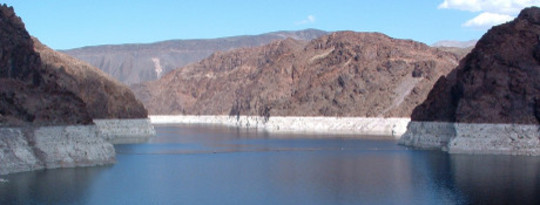
Despite what appears to be an insurmountable problem, it may be possible to significantly reduce global water scarcity in 35 years.
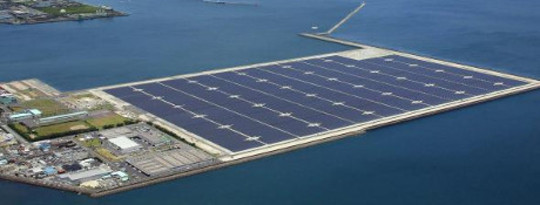
Two companies in Japan recently announced they are to begin building two huge solar power islands that will float on reservoirs. This follows Kagoshima solar power plant, the country’s largest, which opened in late 2013 and is found floating in the sea just off the coast of southern Japan.
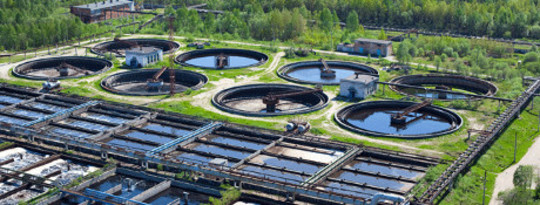
The critical links between water, sanitation, and our global consumption of energy – the “energy-water nexus” are more obvious than ever before. But how many of us will take direct action at the most basic level of all?

I believe we have a problem — a big problem. According to demographers, by the end of this century we’ll have around 11 billion mouths to feed. Most of the additional 4 billion people alive then will be in developing nations.
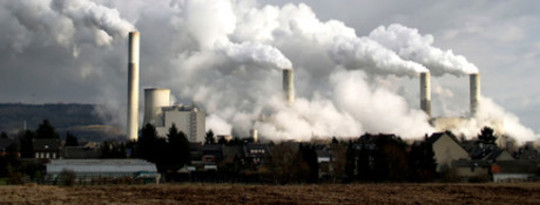
After a decade of relatively little rain, California is facing its third year of debilitating drought. The drought has placed a $44.7-billion-a-year agriculture industry, drinking water for millions of people, and some 204 cities located in high-risk fire zones in jeopardy.

Those who question the seriousness of the threat which climate change presents have a very strange idea of the risks they think are acceptable.
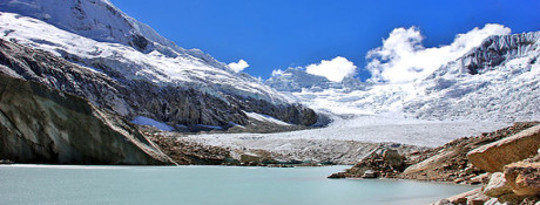
Scientists simulating changes in mountain glaciers over the last century and a half have established that rates of melting have increased greatly in recent years – and that humans are the main culprits.

Whenever I tell people I work with solar cells I am asked the same two questions: are they ever going to be really cheap? And can you get me some? While the answer to the second question is no, the answer to the first is a lot more positive.

Two new atlases provide clear visual evidence of the effect climate change and extreme weather can have on people and property.

Scientists in the US believe they have identified a way to feed billions more people, while at the same reducing the strains and stresses on the environment.

Failure to factor immediate action on climate change into American policies and business plans aimed at economic prosperity will lead to havoc, warns former US Treasury Secretary.
- By Todd Reubold

Globally 1.2 billion people live in areas of water scarcity — defined by the United Nations as locations with an annual water supply that drops below 1,000 cubic meters per person.
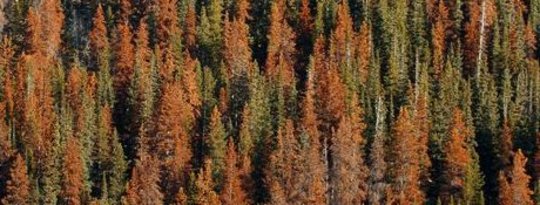
If you’ve ever wondered how much little things really matter, consider the mountain pine beetle. Roughly the size of a grain of rice, the glossy black insect lives only about a year. A throng of beetles can ravage a pine as tall as an eight-story building, as the tree first oozes sap, then its needles turn rusty red...
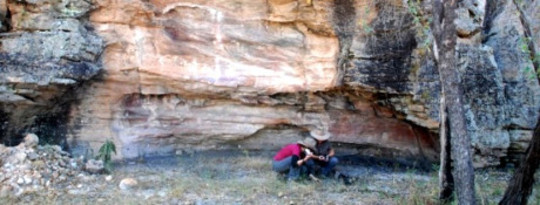
Dire warnings of imminent human-induced climate disaster are constantly in the news but predictions of the end of the world have been made throughout history and have never yet come true.

Spring and summer have come early – and observations from some parts of the country even suggest that typical autumn events, such as the development of beech nuts and hawthorn berries, are already in evidence. But, to understand effects on our wildlife, a longer view is needed...















